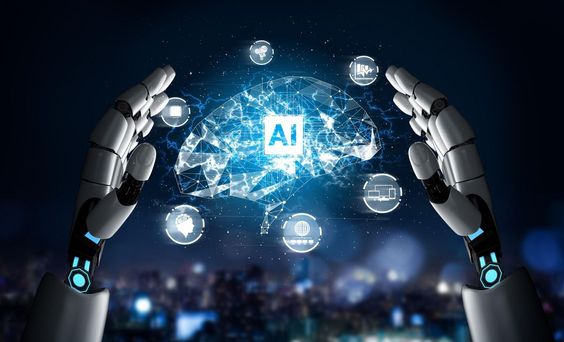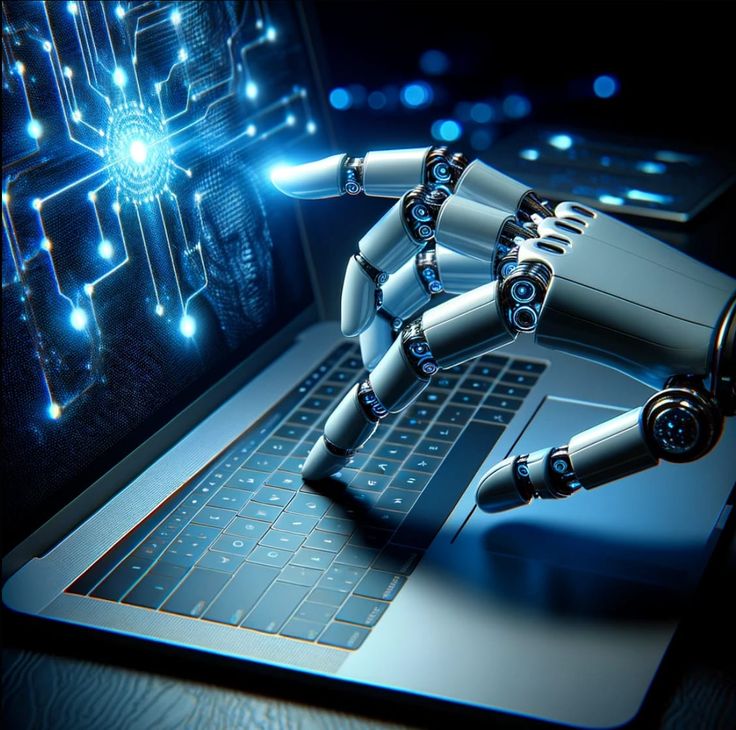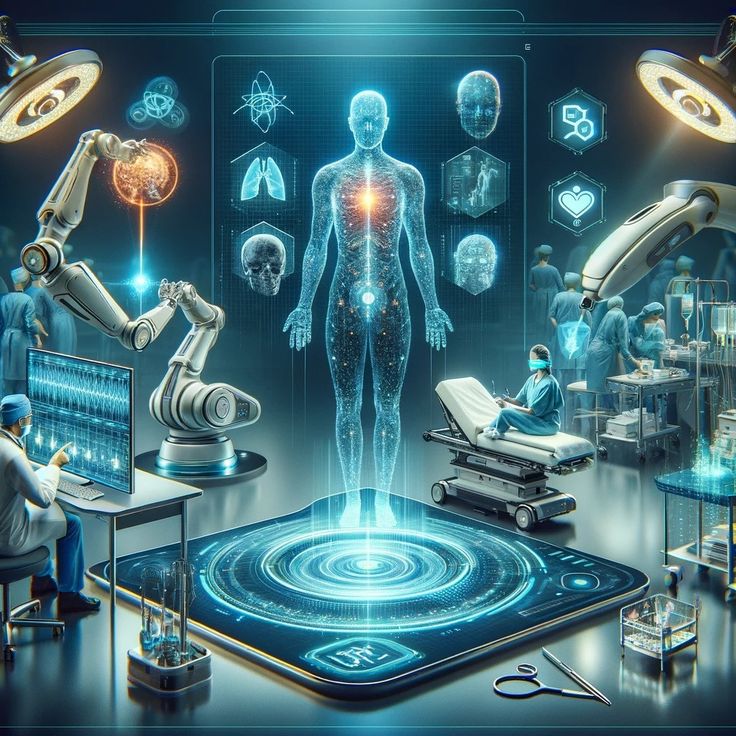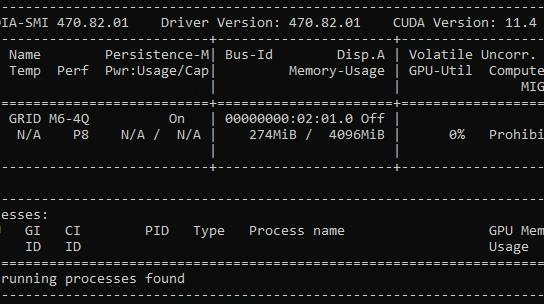Artificial Intelligence (AI) has become one of the most buzzed-about topics in technology today. Its impact on various industries, from healthcare to finance, is profound and continually evolving. But what exactly is artificial intelligence, and how is it shaping our world? In this comprehensive guide, we’ll explore the current landscape of AI, its potential future developments, and the ethical considerations that come with it. Whether you’re an AI enthusiast or just curious about this transformative technology, this blog post will provide valuable insights into the multifaceted world of artificial intelligence.

Table of Contents
What is Artificial Intelligence?
Artificial Intelligence refers to the simulation of human intelligence in machines that are programmed to think and learn. Essentially, it’s the capability of a machine to imitate intelligent human behavior. This can range from simple tasks, like recognizing speech, to more complex functions, like decision-making and problem-solving. AI is divided into two main categories:
- Narrow AI: This type of artificial intelligence is designed and trained for a specific task. For example, AI systems used in email filtering or voice assistants like Siri and Alexa fall under this category. They excel at performing the tasks they are designed for but cannot operate outside their pre-defined functions.
- General AI: Unlike narrow AI, general artificial intelligence would possess the ability to understand, learn, and apply intelligence across a broad range of tasks, similar to human cognitive abilities. While this type of AI is still theoretical and not yet realized, it represents the ultimate goal of AI research.
The Evolution of Artificial Intelligence
The journey of artificial intelligence began in the 1950s with early pioneers like Alan Turing and John McCarthy. Turing proposed the idea of a machine that could simulate any human intelligence, leading to the creation of the Turing Test—a measure of a machine’s ability to exhibit intelligent behavior equivalent to, or indistinguishable from, that of a human.
In the decades following Turing’s work, AI research experienced various phases of excitement and disillusionment, often referred to as “AI winters.” These periods were characterized by reduced funding and interest due to unmet expectations. However, breakthroughs in machine learning, neural networks, and increased computational power have reinvigorated AI research in recent years, leading to significant advancements and practical applications.
How Artificial Intelligence Works

At its core, artificial intelligence relies on algorithms and large datasets. Machine learning (ML), a subset of AI, involves training algorithms on vast amounts of data to enable machines to make predictions or decisions without explicit programming. Here’s a simplified overview of how AI systems typically work:
- Data Collection: AI systems require large amounts of data to learn from. This data can come from various sources, including images, text, and sensor readings.
- Data Processing: The collected data is cleaned and processed to ensure accuracy and relevance. This step is crucial for training effective AI models.
- Model Training: Using algorithms, AI systems are trained on the processed data. During this phase, the model learns patterns and relationships within the data.
- Evaluation and Testing: After training, the AI model is evaluated using separate test data to assess its performance and accuracy.
- Deployment and Monitoring: Once tested, the AI system is deployed in real-world applications. Continuous monitoring and updates are necessary to maintain its performance and adapt to new data.
Applications of Artificial Intelligence
Artificial intelligence has found applications across various fields, revolutionizing industries and transforming everyday experiences. Here are some notable examples:
Healthcare

AI is making significant strides in healthcare, from diagnostics to personalized treatment plans. Machine learning algorithms can analyze medical images to detect conditions such as cancer and fractures with remarkable accuracy. For instance, IBM Watson Health leverages AI to assist doctors in diagnosing and treating cancer patients by analyzing vast amounts of medical literature and patient data (IBM Watson Health).
Finance

In the financial sector, AI is used for fraud detection, risk management, and automated trading. Algorithms analyze transaction patterns to identify unusual activities that might indicate fraud. Additionally, AI-driven robo-advisors provide personalized investment recommendations based on individual financial goals and market trends (Investopedia on Robo-Advisors).
Transportation

Self-driving cars are one of the most talked-about applications of AI in transportation. Companies like Tesla and Waymo are developing autonomous vehicles that use AI to navigate roads, avoid obstacles, and make real-time driving decisions. These advancements aim to increase safety and efficiency in transportation (Waymo).
Customer Service

AI-powered chatbots and virtual assistants are enhancing customer service by providing instant support and answering frequently asked questions. These systems use natural language processing (NLP) to understand and respond to customer inquiries, improving user experience and operational efficiency (Chatbots.org).
Education

AI is also transforming education through personalized learning platforms and intelligent tutoring systems. These tools adapt to individual students’ learning styles and needs, offering tailored educational experiences. For example, platforms like Khan Academy use AI to recommend resources and exercises based on students’ progress (Khan Academy).
The Future of Artificial Intelligence
The future of artificial intelligence holds immense potential, with ongoing research and innovation driving new possibilities. Here are some key areas where AI is expected to make a significant impact:
Advanced Machine Learning

The development of more sophisticated machine learning algorithms will enable AI systems to perform increasingly complex tasks. Techniques such as deep learning, which involves neural networks with multiple layers, are pushing the boundaries of what AI can achieve (Deep Learning by Ian Goodfellow).
Human-AI Collaboration
Rather than replacing humans, future AI systems will likely augment human capabilities, leading to more effective collaboration between humans and machines. This symbiosis could enhance productivity and creativity in various fields, from research to creative arts (Harvard Business Review on Human-AI Collaboration).
Ethical Considerations
As AI becomes more integrated into society, ethical considerations will become increasingly important. Issues such as data privacy, algorithmic bias, and the potential for job displacement will need to be addressed to ensure that AI is developed and used responsibly (AI Ethics Guidelines by the European Commission).
Artificial General Intelligence (AGI)
The pursuit of AGI, or general artificial intelligence, represents the long-term goal of AI research. AGI would possess human-like cognitive abilities and the ability to perform any intellectual task that a human can. While still theoretical, the development of AGI could fundamentally change how we interact with technology (Machine Learning Mastery on AGI).
FAQs About Artificial Intelligence
1. What are the key differences between narrow AI and general AI?
Narrow AI is specialized for specific tasks, such as language translation or image recognition, and excels within its defined scope. General AI, on the other hand, aims to replicate human cognitive abilities and handle a wide range of tasks, similar to a human being. General AI remains a theoretical concept, whereas narrow AI is widely implemented in various applications today.
2. How does machine learning fit into artificial intelligence?
Machine learning is a subset of AI that involves training algorithms on large datasets to enable systems to make predictions or decisions based on patterns in the data. It is a crucial component of AI, as it allows machines to learn from experience and improve their performance over time.
3. What are some common applications of AI in everyday life?
AI is present in many aspects of daily life, including virtual assistants (like Siri and Alexa), recommendation systems on streaming platforms (such as Netflix and Spotify), and smart home devices (like thermostats and security cameras). These applications utilize AI to enhance user experiences and automate tasks.
4. What are the potential risks associated with artificial intelligence?
Potential risks include data privacy concerns, algorithmic bias, and the displacement of jobs due to automation. Additionally, the development of advanced AI systems raises ethical questions about decision-making and accountability. Addressing these risks requires careful consideration and regulation.
5. How is AI expected to impact the job market?
AI may lead to the automation of certain tasks, potentially displacing some jobs. However, it also creates new opportunities and roles in AI development, data analysis, and AI ethics. The overall impact on the job market will depend on how societies adapt to and integrate AI technologies.
6. What role does AI play in healthcare?
AI is transforming healthcare through applications such as diagnostic tools, personalized treatment plans, and predictive analytics. AI systems can analyze medical images, assist in disease detection, and provide tailored recommendations based on patient data, improving overall healthcare outcomes.
7. How do ethical considerations influence AI development?
Ethical considerations play a crucial role in AI development by addressing issues such as fairness, transparency, and accountability. Ensuring that AI systems are designed and used responsibly helps prevent harm, mitigate biases, and uphold societal values.
8. What is the significance of artificial general intelligence (AGI)?
AGI represents the aspiration to create machines with human-like cognitive abilities capable of performing any intellectual task that a human can. While AGI is still theoretical, its development could fundamentally alter how we interact with technology and its role in society.
9. How can individuals stay informed about AI advancements?
Individuals can stay informed about AI by following reputable sources such as research institutions, industry publications, and technology news platforms. Engaging with online courses, webinars, and conferences can also provide valuable insights into AI developments.
10. What is the future outlook for artificial intelligence?
The future of artificial intelligence is promising, with ongoing advancements in machine learning, human-AI collaboration, and ethical considerations. As AI technologies continue to evolve, they are expected to drive innovation across various fields and offer new solutions to complex challenges.
Conclusion
Artificial Intelligence is not just a futuristic concept; it’s an integral part of our present and a key driver of future innovation. From transforming industries to enhancing daily life, AI’s applications are vast and varied. As we continue to explore and develop this technology, it’s crucial to consider the ethical implications and strive for responsible AI development.
Understanding artificial intelligence and its potential can help us navigate its challenges and embrace its opportunities. Whether through improved healthcare, smarter financial systems, or innovative transportation solutions, AI is poised to shape the future in profound ways. As we move forward, staying informed and engaged with AI developments will be essential for leveraging its benefits and addressing its challenges effectively.
For more information on artificial intelligence and its impact, check out the following resources:
By understanding the present and future of artificial intelligence, we can better prepare for the changes and opportunities this technology brings.







